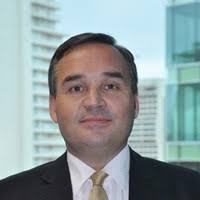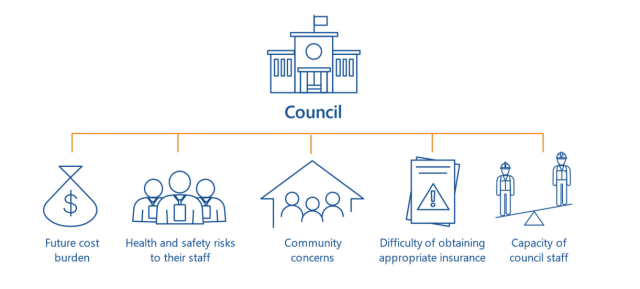The Victorian government’s plan to address asbestos disposal is on a path to failure, the state’s auditor general says.

A recent report by auditor general Andrew Greaves says the government’s plan to open more disposal sites has been too ambitious and complex for its timeline and budget.
There was also a failure to adequately consult with key stakeholders including the local government sector, which runs or owns most of the state’s landfills and waste transfer facilities.
The Asbestos Disposal Management Plan (ADMP), which aimed to add new asbestos disposal points across the state, is being overseen by Sustainability Victoria.
However, “Sustainability Victoria will not deliver the ADMP on time,” the report concludes.
Lowering the bar to the ground
After beginning work on the ADMP in August 2020 with a two-year funding package, Sustainability Victoria acknowledged early in 2021 that it wouldn’t achieve the original goal of establishing at least eight asbestos disposal points by June 2022.
That goal has now been modified to setting up three sites by March 2024.
However, Sustainability Victoria hasn’t received any further funding for the plan in the current state budget, and site owners contracted for three pilots are still seeking permits and EPA approvals.
“The Asbestos Disposal Management Plan … It will no longer be implemented as intended. This could make it harder for Victorians to dispose of asbestos safely,” the report concludes.
The environment department is looking at its own capacity to deliver the sites in 2023–24, while Sustainability Victoria investigates ‘potential options’ to continue the plan.
“This means it will not be able to achieve its aim to develop options for the ongoing, sustainable operation of Victoria’s asbestos disposal system,” the report says.

Lack of coordination between agencies
As well as Sustainability Victoria, Mr Greaves also looked at four other state agencies responsible for asbestos management including the Department of Energy, Environment and Climate Action, the EPA, Parks Victoria and WorkSafe.
He found the agencies weren’t consistently monitoring and enforcing compliance with asbestos disposal regulations, and measures to reduce illegal asbestos disposal aren’t co-ordinated across agencies.

“This means their actions often overlap or do not work together to use limited resources where they are most needed,” he said.
Asbestos dumpers can be hard to track down and agencies don’t always prioritise pursuing and punishing them, the report says.
Meanwhile, there are barriers to safe and legal disposal, including hard-to-find information and distance from legal disposal sites.
It’s estimated that by 2030, over one quarter of Victorian population centres with more than 5,000 people will be further than 60 minutes’ drive from a legal disposal site for domestic asbestos.
The report makes four recommendations to EPA about leading a coordinated multi-agency response to asbestos dumping and 3 recommendations to WorkSafe about making asbestos information more accurate on websites.
Around one in three Australian houses contain asbestos and 128,325 tonnes of asbestos-containing material went to Victorian landfills in 2021.
Call for a global ban
Australia introduced a total ban on asbestos products 2003, but chair of the Asbestos and Dust Diseases Research Institute (ADDRI) Peter Tighe says much more needs to be done to eradicate asbestos products, including a global ban.
“We need a proactive removal strategy for asbestos in the built environment, so that over time we reduce and eventually remove the risk of exposure,” he said.
He also says there are still a number of countries where asbestos continues to be both mined and used in industry.
“We need a global ban on asbestos,” he said.





Leave a Reply